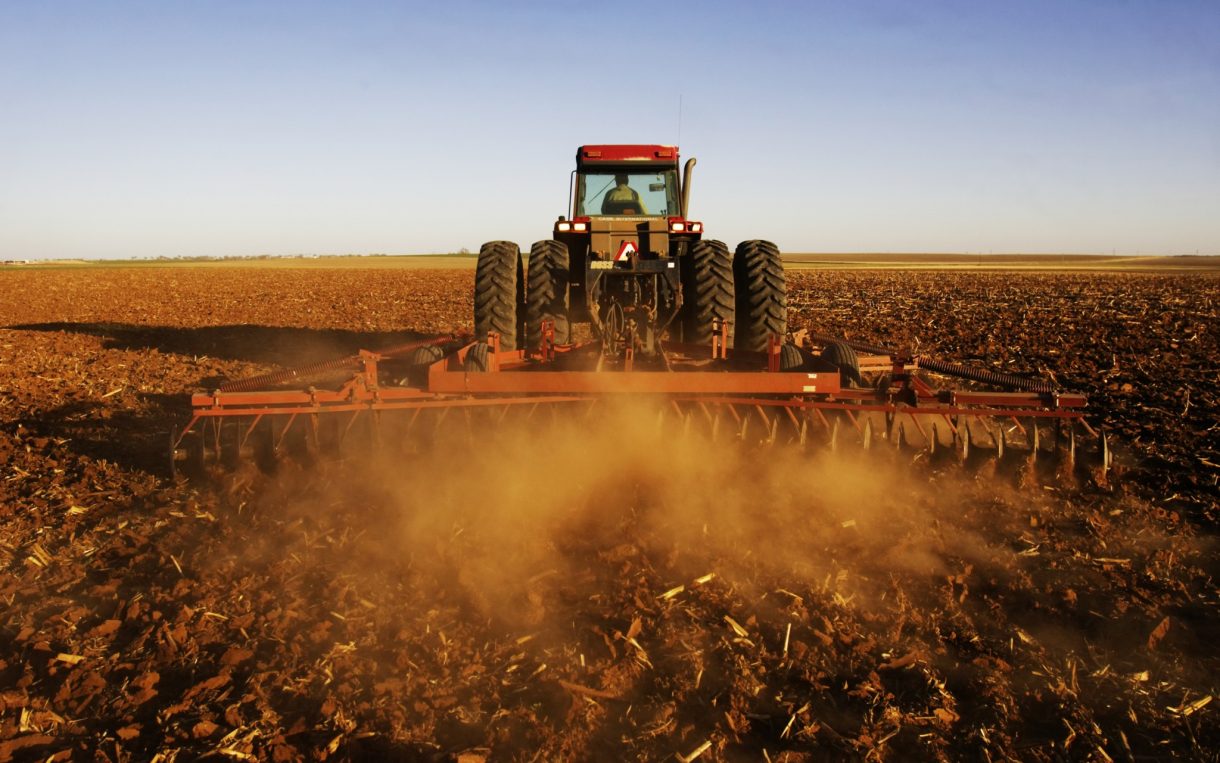To make America great again, Trump must first save it from climate change
 A farmer works his fields in Texas. Photo by Jacob Silberberg/Oxfam
A farmer works his fields in Texas. Photo by Jacob Silberberg/Oxfam
President-elect’s cabinet nominations have sinister implications for us and our planet.
If you’re a farmer—a big one sowing thousands of acres in Missouri or a small one hoeing your rows by hand in Ethiopia—there’s no denying reality: our climate is changing. But try telling that to President-elect Donald Trump.
Yesterday, he announced his pick for secretary of state: Exxon CEO Rex Tillerson. A climate expert at the Union of Concerned Scientists characterized the Tillerson nomination as “akin to nominating a tobacco CEO as surgeon general.” The same day, the president-elect nominated former Texas Governor Rick Perry to lead the Energy Department, one of the departments that Perry once said he wanted to eliminate. These follow on Trump’s choice last week of former Oklahoma Attorney General Scott Pruitt—to lead the Environmental Protection Agency. The same man who has made it his business to sue the EPA and deny climate science.
These nominations have sinister implications for us and our planet.
Perhaps Trump, Tillerson, Perry, and Pruitt have not experienced the full brunt of climate change. Maybe waking in a climate controlled environment and gliding from there to a climate controlled office in a climate controlled vehicle puts them at a disadvantage when it comes to understanding what climate really is. If you want to know what’s happening climate-wise, talk to a farmer.
As a writer at Oxfam, I’ve talked to many of them. In Kansas and Missouri. In Guatemala and Ethiopia. And no matter where farmers are, their concerns are the same: The weather is not what is used to be. It’s more unpredictable. The rain comes too early, or too late. Sometimes there’s too much of it, or none at all. And the consequences are often cataclysmic.
Missouri farmer Richard Oswald told me about a flood in 2011 that wiped out his harvest—affecting 1,500 of the 2,200 acres he farms. A swollen river breached a levee in May of that year, and soon his land was under water.
“It was October when I could finally drive a pickup down the road and come home,” he said. “We got everything planted before the flood occurred. But there was nothing to harvest. We spent all the money for seed, fertilizer, herbicides and got nothing in return.”
For Oswald, the terrible irony of that flood was that it came in a dry year. And he thinks climate change had something to do with it: He said unusually heavy rains over the mountains of Montana poured into the Missouri River, swelling it beyond the capacity of the levees. When the water finally subsided, deep gulches riddled some of his once-flat land.
Oswald lives in the middle of the country. But what’s going to happen to farmers in the Northeast or on the Gulf Coast?
In a new study published last week, scientists at the National Center for Atmospheric Research in Colorado predicted that those two regions could be particularly hard hit by an increase in the frequency and intensity of rain if we don’t do anything to reduce greenhouse gas emissions. The New York Times reported that intense storms could become five times as frequent and dump up to 70 percent more rain.
But catastrophic rainfall isn’t all farmers have to worry about. Just as bad is drought. And for many of the world’s poorest farmers who have no access to irrigation, drought can be devastating—for their crops, their animals, and their families.
In Guatemala last May, I talked to small-scale farmers struggling to feed their children in the face a drought triggered by El Niño, a periodic weather system supercharged by climate change. The drastic reduction in rainfall had robbed farmers of between 80 and 100 percent of their bean and corn harvests the year before. And without resources, many of them couldn’t plant during the second season toward the end of the year.
“Last year, we didn’t harvest anything, and the year before it was a similar situation,” Juan Ixpatac Sis, a resident of El Aguacate told me.
“About five years ago, it wasn’t like this,” said Sofia Tista Sis. “In the last three years, it’s as if we’re going backwards.” By the time I met with them, food shortages in some communities had reached crisis levels.
I’m sure no billionaire sitting in his aerie is ever going to have worry about what food he’s going to put on the table for his family. And from up there, the weather probably looks pretty good, too. This is probably why it’s so easy for Trump to question the reality of climate change as he did again this past weekend.
But unlike our president-elect and the cabinet members he wants to put in charge of our futures, most of us don’t live walled off from reality. We know climate change is threatening us and our communities. Shouldn’t we expect—and demand—that our next president take this grave threat seriously?
If Trump wants to make America great again, he’s got to help save it first.